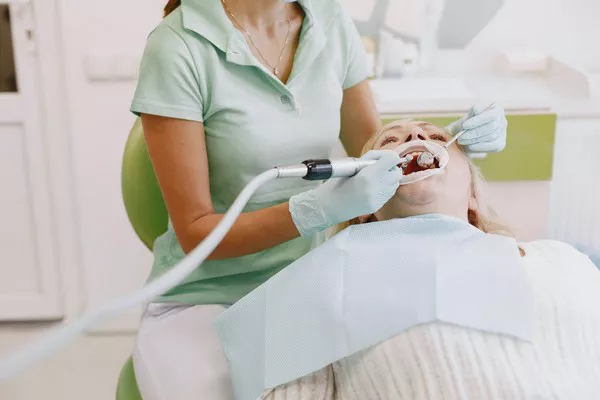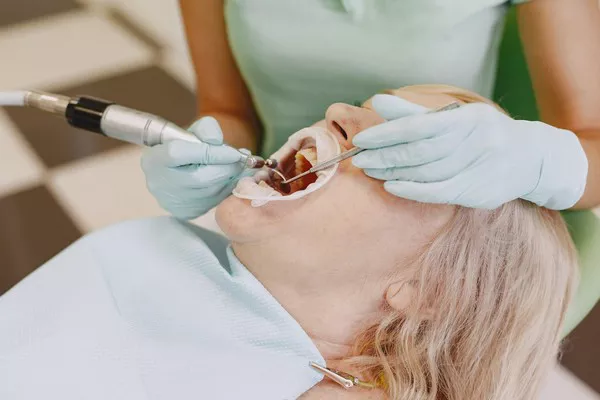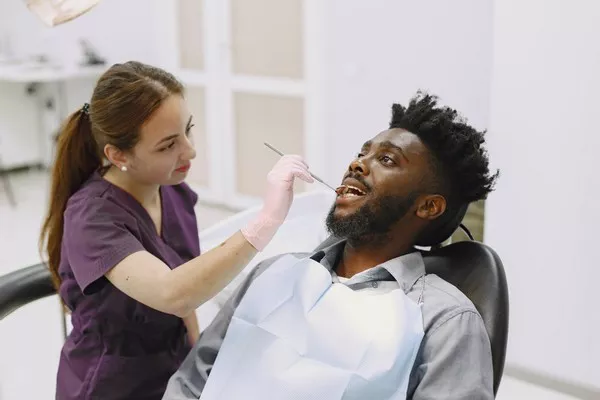Getting a dental filling is a common procedure that aims to restore a tooth affected by decay or damage. While the majority of patients experience minimal discomfort or sensitivity after a filling, there are instances where the tooth can hurt significantly. This article explores the various factors that can contribute to post-filling pain, including underlying causes, treatment options, and preventive measures.
Normal Post-Filling Sensitivity
It’s important to note that some degree of sensitivity or discomfort immediately after a filling is normal. The tooth might feel sensitive to pressure, hot or cold temperatures, or certain foods. This temporary sensitivity usually subsides within a few days as the tooth adjusts to the new restoration.
Factors Contributing to Post-Filling Pain
a) Nerve Irritation: Dental fillings can temporarily irritate the tooth’s nerves, especially if the decay was close to the nerve tissue. This can lead to heightened sensitivity or throbbing pain, which typically improves over time as the tooth heals.
b) Bite Misalignment: A filling that is too high or misaligned can alter your bite, causing excessive pressure on the filled tooth. This can result in significant discomfort or pain while chewing or biting down.
c) Pulpitis or Pulpal Inflammation: Occasionally, the dental filling procedure can cause irritation to the tooth pulp, leading to inflammation known as pulpal or reversible pulpitis. This condition often manifests as lingering pain or sensitivity after filling placement.
d) Microleakage and Bacterial Infiltration: If the dental filling does not create a proper seal with the tooth structure, microscopic gaps can form. These gaps allow bacteria and fluids to penetrate the tooth, potentially causing further decay, infection, or pulpitis and resulting in heightened pain.
Treatment Options for Post-Filling Pain
a) Over-the-Counter Pain Relief: For mild to moderate discomfort, over-the-counter pain medications like acetaminophen or ibuprofen can help alleviate the pain. These medications should be taken according to the recommended dosage.
b) Bite Adjustment: If a high filling is causing bite misalignment and resultant pain, your dentist can perform a simple adjustment to ensure proper occlusion. This will relieve pressure on the filled tooth and restore normal function.
c) Desensitizing Agents: Dentists may recommend desensitizing toothpaste or topical gels containing ingredients like fluoride or potassium nitrate. These products can help minimize tooth sensitivity after fillings.
d) Pulpal Treatment: In cases of persistent or severe pain from irreversible pulpitis or pulpal infection, root canal therapy may be necessary. This procedure involves removing the infected pulp and sealing the root canals to eliminate pain and preserve the tooth.
Preventive Measures to Minimize Post-Filling Pain
a) Early Intervention: Treating dental cavities in their early stages can help prevent extensive decay that requires larger fillings. Regular dental check-ups and cleanings are crucial for detecting and addressing cavities promptly.
b) Optimal Filling Technique: Skillful placement of dental fillings ensures a proper seal and minimizes the risk of bacterial infiltration. Choosing the appropriate filling material and employing meticulous techniques can enhance the longevity and comfort of the restoration.
c) Open Communication with Your Dentist: Providing accurate information about any pre-existing conditions, allergies, or previous dental experiences can help your dentist tailor the treatment approach accordingly. Communicate any concerns or issues you may have after the filling, allowing your dentist to address them promptly.
Conclusion
Experiencing significant pain after a dental filling can be distressing, but understanding the underlying factors and available treatment options can provide relief. While post-filling sensitivity is normal, persistent or severe pain should be evaluated by a dentist to ensure proper diagnosis and management. By adhering to preventive measures and maintaining good oral hygiene practices, you can minimize the risk of post-filling pain and maintain optimal dental health. Remember, open communication with your dentist is key to addressing any concerns and achieving long-lasting comfort after dental fillings.
Related Topics:































